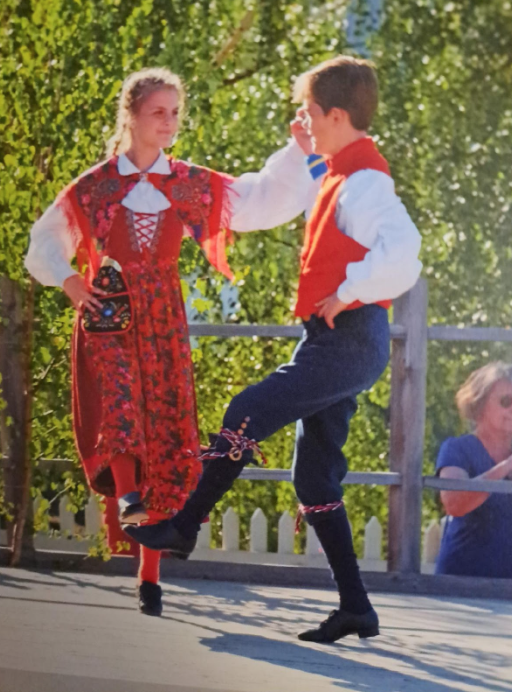My informant is a Pakistani male that has lived in many different countries across the world, yet his attachment to Pakistan and its culture plays a significant role in his life and how he lives.
Traditional Food:
Mithai is a “type of box or category of sweets” that exist within Pakistani culture. It is comprised of “different sweet treats and toffees that you give out to houses at the weddings.” He describes these sweets as a form of an invite for party favours that occur at the wedding. The sweets are often seen as a ‘thank you’ or token of appreciation and reminder of the wedding, they are the “staple sweets at Pakistani weddings”
Context:
The Mithai is usually made by certain stores in Pakistan that specialize in providing the sweets “on a large scale when they also are able to maintain the best quality” for the guests. Even though my informant is Pakistani and has seen these sweets at weddings and different family events that he has attended, it is “a general desi traditional sweet that also exists in India”. This sweet is provided before the dinner or reception as a sort of snack or small bite in order to keep the guests satiated and entertained for the long day of traditions ahead.
Analysis:
The incorporation of food into big events in Pakistan such as weddings allows the guests to feel like they are being cared for in a certain environment. It ties it back to their culture as the unified feeling of togetherness that is provided in the event is seen through Pakistani food as a whole which is usually made for sharing and family-oriented events. The ability that their culture possesses by bringing their families together with food allows them to maintain their connections with the children and set in place the values that they hold when prioritising family. Furthermore, this is seen in the wedding sweets as the guests are seen as part of the family and are given the opportunity to celebrate the day with the community whilst being fed and incorporated into a family tradition.

